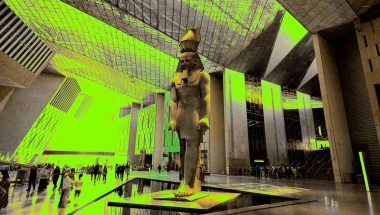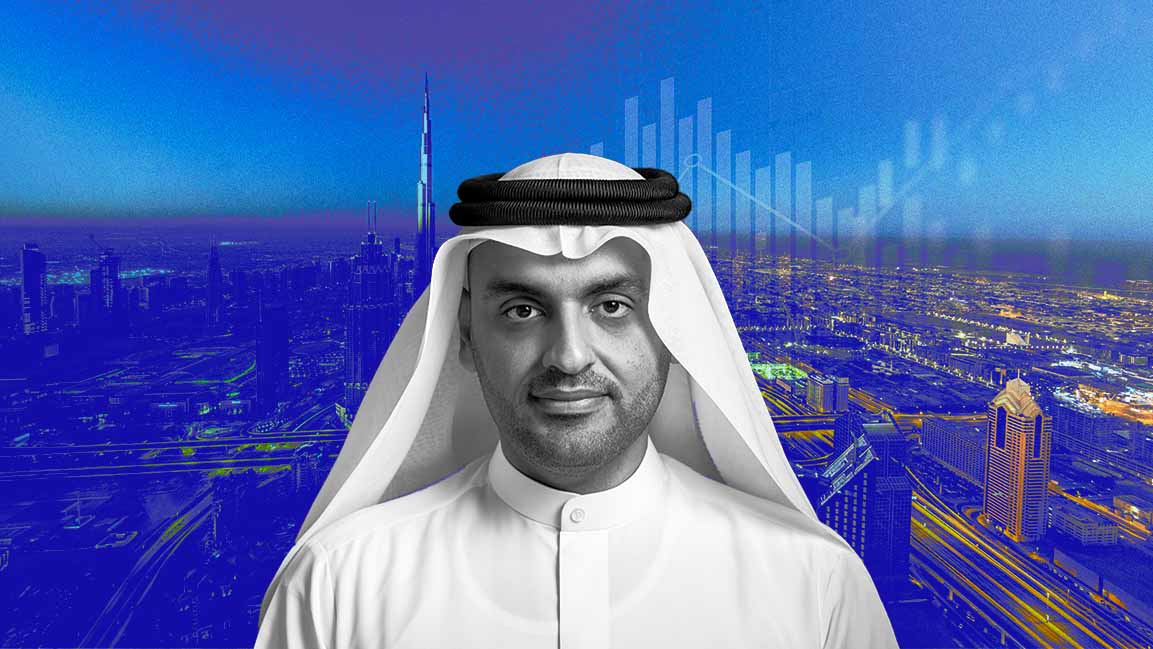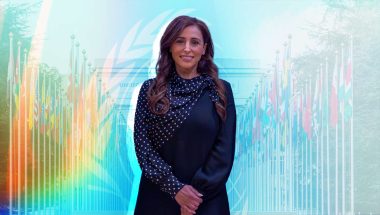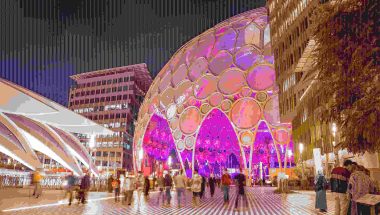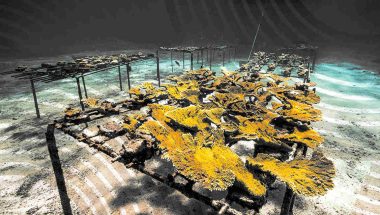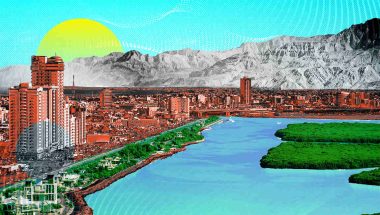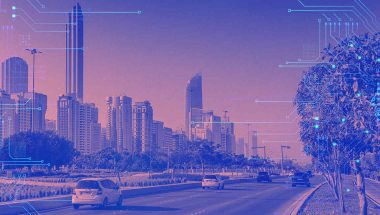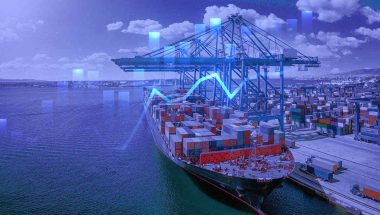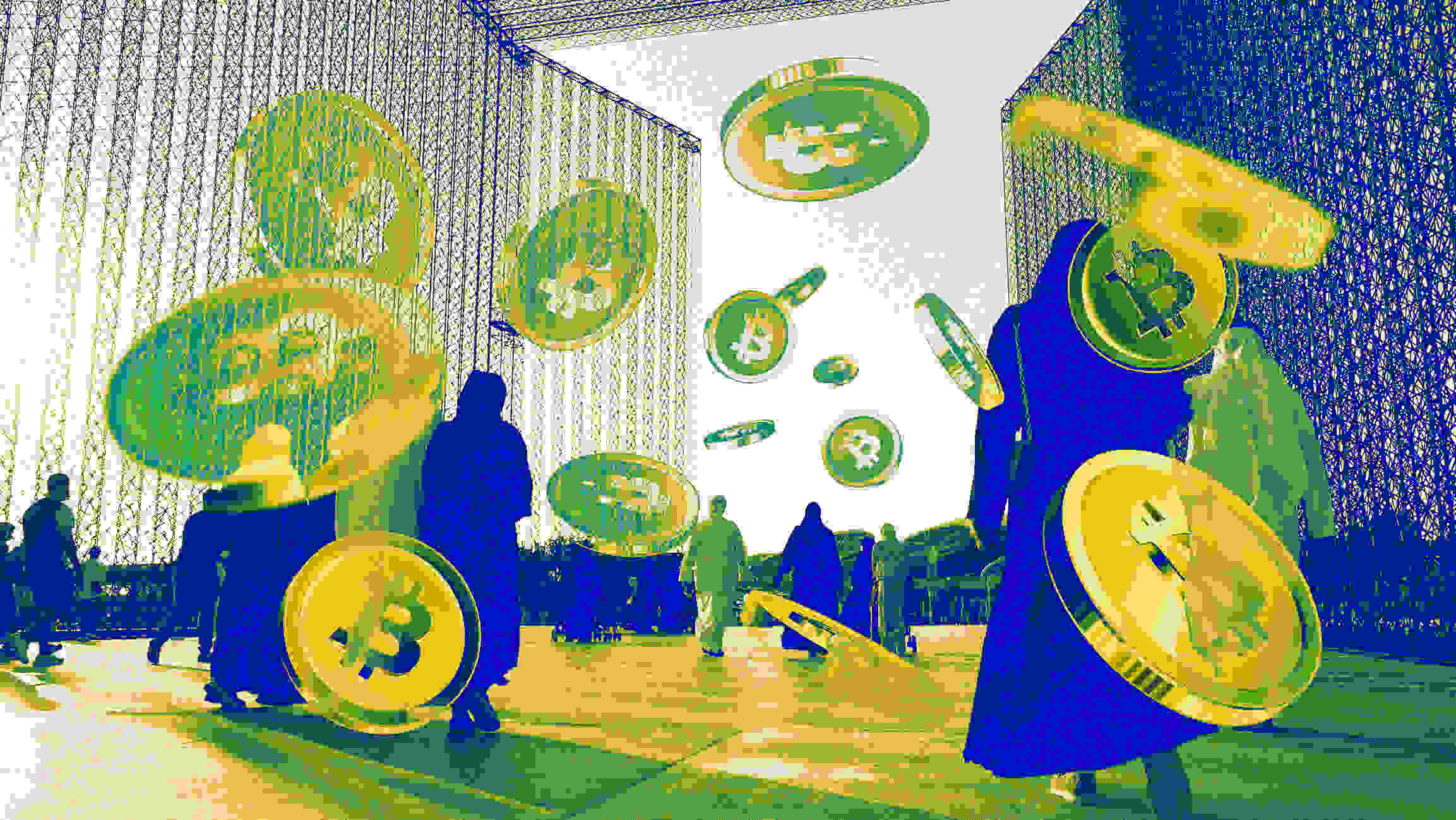- | 9:00 am
Why are global investors now eyeing the GCC?
With western markets tightening their belts, international investors are turning to the GCC for capital

The GCC is seeing an influx of foreign institutional investors, venture capitalists, and startup founders amid the deterioration of global financial markets, particularly after the COVID-19 pandemic.
With the region having one of the world’s largest sovereign wealth funds (SWFs), it has a lot of money to spare. The GCC funds combined manage close to $4 trillion worth of assets, according to Sovereign Wealth Fund Institute. These funds are expected to play a significant role in global markets as they receive large capital injections from higher oil revenue. In the last two years alone, the funds have grown by 20% on average, according to a recent report by S&P Global.
“With $4 trillion of assets, sovereign-wealth funds in MENA are among the world’s largest,” says Lucy Chow, general partner at World Business Angels Investment Forum (WBAF). “That is appealing! International investors want a piece of that. So international funds see MENA as a great place to raise capital.”
Unsurprisingly, Ray Dalio, one of the world’s most successful hedge fund managers and the billionaire founder of Bridgewater Associates, is setting up a branch of his family office in Abu Dhabi as part of his expansion in the Middle East. That’s in addition to top venture capital firms, such as Andreessen Horowitz and Tiger Global, scouting the region to raise capital from sovereign LPs locally.
BECOMING MORE STRINGENT
But with everyone looking to the region for capital, competition for investment is becoming tougher. Firms are now employing more due diligence than in the last few years.
Marc Nessim, Partner and Managing Director at Awad Capital, believes that becoming more stringent is a step in the right direction, especially as requests for capital keep coming in.
“Before, it was easy money, and probably the teams were not as sophisticated as they are now,” he says. “And also now, they are bombarded with requests. With the usual LPs in Europe and the US tightening their belts, they think raising money from the Middle East is easy. That’s why now you see a lot of funds from California coming here to raise money. It doesn’t mean you come here; you’ll be able to raise money that easily. That draws sovereign funds to be more strict and more stringent in their due diligence, because before they were probably approached once a day with a new fund, but now they’re approached ten times a day with a new fund.”
As demand for capital increases, so will investor disappointment, according to Obediah Ayton, director at Dhabi Hold Co. “The competition is massive,” he says. “So, you’re going to get many disappointed people coming over, fighting for the same thing, and leaving feeling like they’ve wasted their time. This place isn’t big enough for Europe and America, yet, at least.”
MOVING AWAY FROM OIL
The GCC is moving away from reliance on oil and shifting towards a more diversified economy, further fueling investor interest in the region. In the UAE, the economy grew 7.9% in 2022, supported by its non-oil sector, as it adopts an array of measures to boost its growth, from granting 100% foreign ownership to protecting intellectual property and attracting top talent and skills to the country.
Saudi Arabia is also doing the same with its Vision 2030, investing heavily in diversification to create a robust and resilient economy. It was estimated by the IMF to be the strongest growing G20 economy by some margin, achieving 8.7% growth in 2022, according to PwC.
“For the first time, the region is coming together, particularly the UAE and Saudi Arabia, and focusing on what’s next for the next 50 years, which has never been done before,” says Ayton. “They’re being selfish in a good way because they want to attract people who are willing to give back to the country.”
Meanwhile, the region also plays a key role in becoming a globally influential investor. Sanabil, a financial investment company wholly owned by the Public Investment (PIF) of Saudi Arabia, is committing about $3 billion annually in private investments, including venture, growth capital, and small buyouts.
“Sanabil came in to invest in good companies that were doing well but were struggling with fundraising,” says Hussein Attar, CEO at Tech Invest Com. “It came in filling that gap and enabling these companies to grow.”
The company invests in a wide range of ventures across the globe, including construction, edtech, and traveltech, among others, giving Saudi Arabia an international financial clout.
TRACKING INVESTMENT ACTIVITY
Despite the region emerging as an attractive destination for investors, it still reels from the effects of global economic challenges—inflation, rising interest rates, and geopolitical tensions—which have been notably felt in its venture capital ecosystem.
According to H1 2023 MENA Venture Investment Summary by Magnitt, Q2 2023 was the lowest funded quarter since Q4 2020, with most sectors seeing their deal flow decline by almost 50% on a year-on-year basis.
“Startups raising funds in 2021 are having a different discussion today,” says Attar. “Valuations are different, expectations are different, and exits and timelines are all different because of what is happening in the markets globally. Companies raising funds are starting at lower valuations than in previous years. “
But while VCs may be deploying less money, Said Murad, Partner at Global Ventures, remains optimistic about the future. “We are seeing many people coming here,” he says. “They’re looking to partner up with investors from the region, whether it’s to deploy in the region or internationally. And while there is a slight slowdown in terms of quantum of deployment and a slight dip in valuations, there is still a lot of interest in the region.”
The key, however, is to sustain this interest. With oil prices climbing as Saudi Arabia and Russia enforce production cuts, SWFs will have even more money to spend. Investors are, therefore, likely to continue looking to the GCC for capital as long as the region can sustain its strong economic growth.







